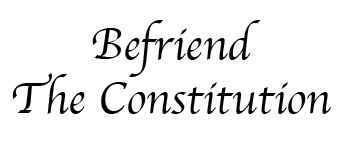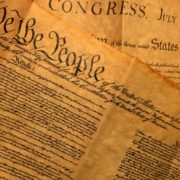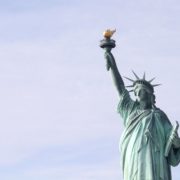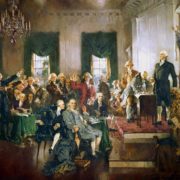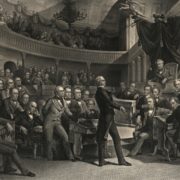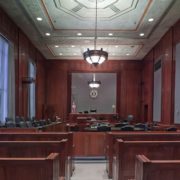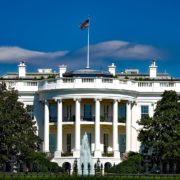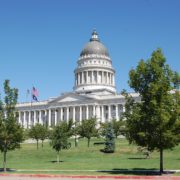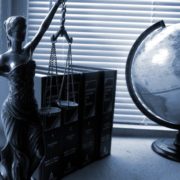Why is our republican type of government best?
Why is our republican type of government best?
As we learned in the answer to a previous question, we have a republican form of government. Because we have a written constitution we call it a constitutional republic. One reason that a republican form of government is best is because it provides the greatest protection for minorities.
In our society every person belongs to many groups. Some of those groups are large and others small. Some groups contain a majority of the people. Others contain only a small minority. We each belong to some groups that are majorities and other that are minorities. For example, automobile owners are a large group that consists of a majority of the people in the country. On the other hand, motorcycle owners are a smaller group that consists of a minority of the people.
The Founders wanted a government that would protect the rights of everyone regardless of what size of groups they belong to. They didn’t want one group to be able to infringe upon the rights of another. For example, they wouldn’t want automobile owners to be able to take away the right of motorcycle owners to use the public roads.
In a government where the power belongs to a dictator or a small number of people, no rights are protected. A dictator can take away the rights of anyone. The Founders didn’t want this situation so they set up a representative form of government where the power comes from the people themselves and where it is hard for a small number of people to get power.
In a purely democratic government the majority rules and they can always take away the rights of a minority. The Founders didn’t want this situation because the rights of minorities are not protected. They set up a government that makes it difficult for the majority to always get their way.
The republic set up by the Founders protects minorities by preventing a small number of people or a majority from taking away their rights. The rights of minorities are protected because we have laws that limit the power of government, because laws can only be changed through a deliberate and time consuming process, and because we don’t decide things by a majority vote.
In our republic it would be nearly impossible for automobile owners to ever be able to ban motorcycle owners from the roads. That is not by accident, but is the result of how our government is designed. Since we all belong to minorities our government protects the rights of everyone. For these reasons and others a republican form of government is best.
Published October 10, 2016
